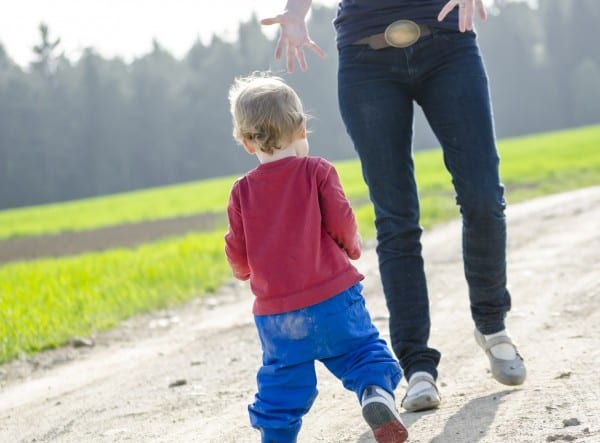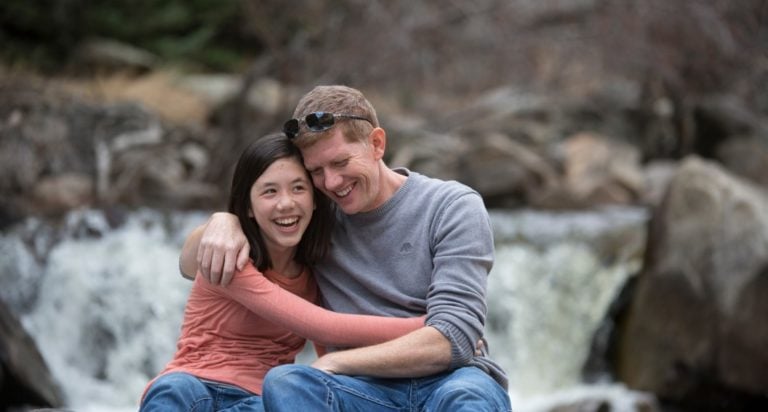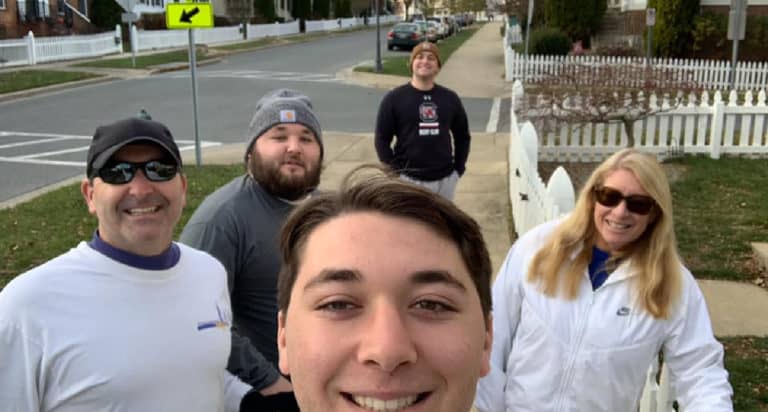Each week the news headlines seem to bring parents yet another issue to worry about concerning our teens and young adults. With the recent report on sexual assaults committed by Uber drivers, we’ve added ride sharing safety to the list of topics we should be discussing with our kids.
A good number of teens aren’t in the habit of utilizing ride share services until they head off to college or on parent-free travel experiences after high school. For many parents, the thought of a child getting into a complete stranger’s car is a bit unnerving at first, yet parents agree that they are thankful that ride sharing services exist, when they know there’s a high likelihood that college students will be out drinking.
The recent investigation conducted by CNN found that 103 Uber drivers have been accused of sexual assault and rape over the past four years. While that number may seem like a lot, when you consider that Uber provides over five million rides per day (and Lyft over one million), it’s an extremely small percentage, even if that number is under-reported, as some urban police departments believe to be the case.

If you’re wondering which is safer – ride sharing or a traditional taxi service, it depends on who you ask. Vehicle accidents and assaults can happen with either mode of transportation, but the main difference is this: ride share drivers are considered independent contractors and the companies’ terms and conditions are broader, making it more difficult to seek recourse and receive monetary damages than if an accident or any other lawsuit-inducing event occurred in a taxi cab.
My daughter and her college roommate experienced this exact scenario about a year and a half ago. They were in an Uber traveling from their campus to a nearby airport for a fall break trip. It was early morning, still dark and raining, and the driver was traveling too fast for the conditions. The car hydroplaned, hit the highway center median, and then spun back ending up on the shoulder of the road. Both girls sustained mild concussions and soon after sought minor medical treatment for which they never received compensation, despite numerous calls to Uber’s insurance department.
However, many people – particularly college students – prefer ride-sharing over taxis, due to cheaper costs, better coverage areas, and the ease of splitting the payment among friends. Before, and since that one accident, my daughter has used Uber countless times, in the U.S., Europe, and Australia, without any other incidents.
Both Uber and Lyft run digital, third-party background checks on all drivers, and state they will not hire anyone with a previous “serious” criminal conviction. Since the recent investigation, Uber is updating its safety protocols and says it will now re-run driver background checks annually.
As a parent, if you and your teen are setting up a ride sharing app for the first time, take a few minutes to sit with them, read over, and discuss the community guidelines and rider safety tips. Whether your teen or young adult has been using ride-sharing services for awhile or not, it’s always a good idea to discuss and reiterate safety measures. Here are some helpful tips for riders:
Ride Sharing Tips for Teens
1). Confirm that the car you’re getting into matches the type and license number that’s displayed on the app, and the driver matches their photo. If the driver doesn’t say the name of the customer who called for the ride, ask them to verify it before getting into the vehicle.
2). Check the driver’s rating that you can view before the car arrives. If it’s a low rating and you feel uncomfortable with that, cancel it and call for another one. The same goes for the driver. Trust your gut, and if something seems suspicious, don’t get in.
3). Travel with someone else you know, if possible. Both Uber and Lyft offer carpool options as well. If you are alone, sit in the backseat, and if you experience any kind of emergency during the ride, call 911. (You can call 911 directly from the Uber app, which will share your location and trip details with the emergency call taker.) Speak up if you feel the driver is driving too fast or erratically.
4). Share your trip details with friends or family members. With Uber, a rider can share their status from the mobile app so a friend or family member can see driver and car details, plus location of the car, even if they have not downloaded the Uber app. Lyft riders can utilize the “Send ETA” option which provides a recipient with a link to trip details via text message.
5). If you’re headed to a location you’ve never been to, consider entering the destination into your own Maps app, so that you can follow along and be aware of any unusual route detours.
6). Be cautious about what type of personal information you share with a driver, particularly if you are a female living alone. One of the attorneys currently working on a class action suit against Uber, shared with CNN that victims “tend to be petite females who live alone and were inebriated at the time of the alleged assault.”
The alcohol issue is one that surely needs to be addressed when talking to our kids about ride sharing. We can all agree that if they’ve been drinking, we’d rather they don’t drive themselves, or get into a car being driven by someone who’s had any alcohol. To be safe, they should be talking with their friends about group behavior, and how no one should allow a friend, female or male, to ride share alone if they are impaired. And yes, riders are assessed cleaning fees for any vomit or spilled food in a driver’s vehicle.
Of course, don’t forget the importance of seatbelts while using any ride sharing service. With common sense precautions, ride sharing can be an extremely helpful and convenient use of technology.
Related:









